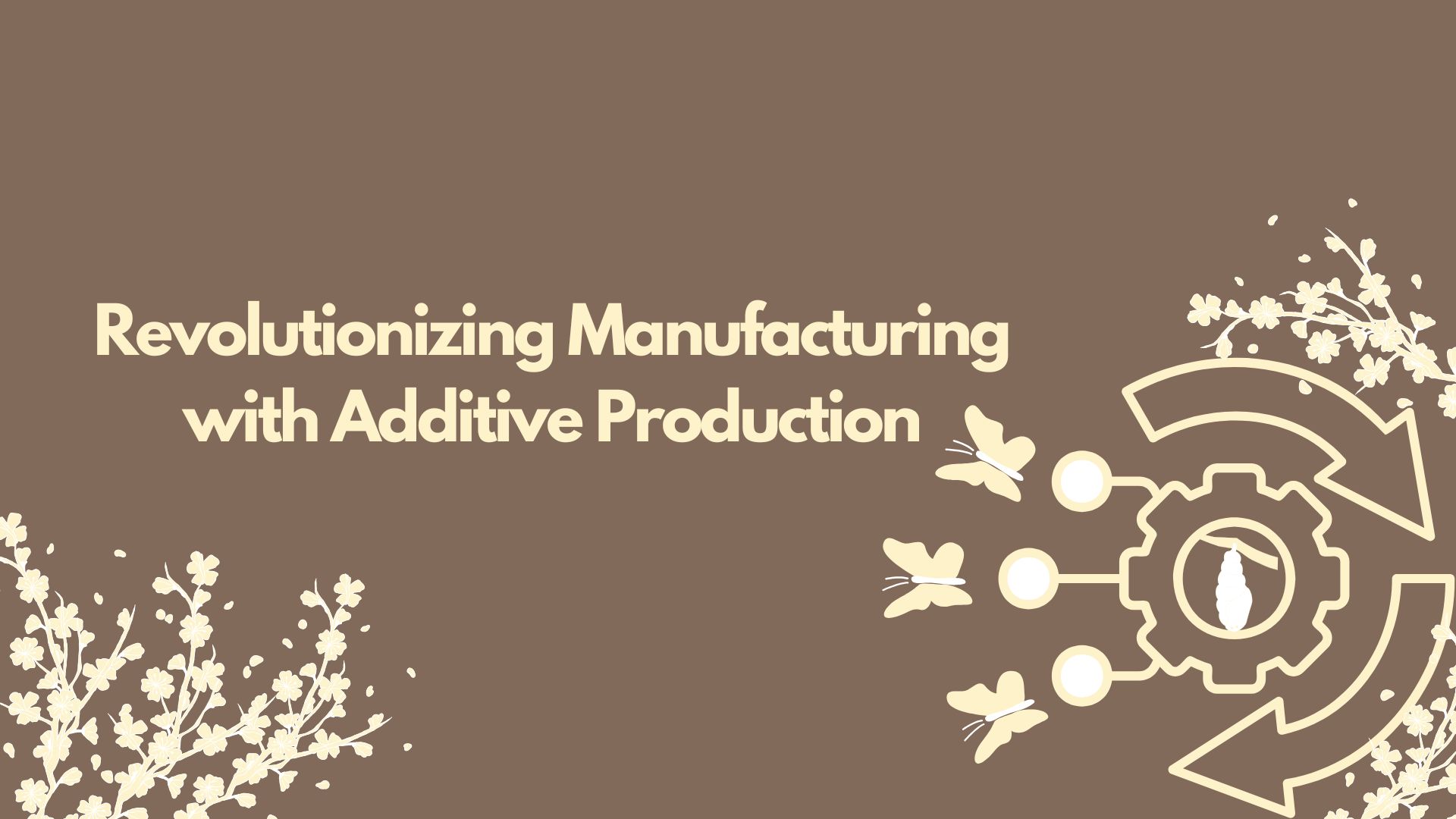Introduction
Additive production, commonly known as 3D printing, is transforming the manufacturing industry by enabling the creation of complex and customized products with unprecedented precision and efficiency. This technology offers numerous benefits, including reduced waste, faster prototyping, and the ability to produce intricate designs that were previously impossible with traditional manufacturing methods. This blog explores the impact of additive production on the industry, its key applications, and the future potential of this transformative technology.
Understanding Additive Production
Additive production involves the process of creating objects by adding material layer by layer, based on digital 3D models. Unlike subtractive manufacturing, which removes material from a solid block, additive production builds up the product from the ground up, allowing for greater design flexibility and material efficiency.
Benefits of Additive Production
- Design Flexibility: Additive production allows for the creation of complex geometries and intricate designs that are difficult or impossible to achieve with traditional manufacturing methods.
- Reduced Waste: By adding material only where it is needed, additive production significantly reduces waste compared to subtractive manufacturing processes.
- Rapid Prototyping: Additive production enables quick and cost-effective prototyping, allowing manufacturers to iterate on designs and bring products to market faster.
- Customization: This technology allows for the production of customized and personalized products, meeting specific customer needs and preferences.
- Material Efficiency: Additive production can use a wide range of materials, including metals, plastics, and composites, optimizing material usage and reducing costs.
- On-Demand Production: Manufacturers can produce parts and products on demand, reducing the need for large inventories and minimizing storage costs.
Key Applications of Additive Production
- Aerospace: Additive production is used to create lightweight and complex components for aircraft and spacecraft, improving fuel efficiency and performance.
- Healthcare: This technology enables the production of customized medical devices, implants, and prosthetics, tailored to individual patients.
- Automotive: Additive production is used for prototyping, tooling, and manufacturing complex parts, enhancing design flexibility and reducing lead times.
- Consumer Goods: Manufacturers can produce customized and limited-edition consumer products, such as jewelry, footwear, and home decor items.
- Construction: Additive production is being explored for building complex architectural structures and components, reducing construction time and costs.
- Electronics: This technology allows for the creation of intricate electronic components and circuits, enhancing the miniaturization and performance of electronic devices.
Case Study: Additive Production in Action
A leading aerospace company, [Company Name], implemented additive production to manufacture complex engine components. Key initiatives included:
- Lightweight Design: Using additive production to create lightweight and structurally optimized components, resulting in a 20% reduction in weight and improved fuel efficiency.
- Rapid Prototyping: Enabling quick prototyping and testing of new designs, reducing development time by 30%.
- Customization: Producing customized components for specific aircraft models, enhancing performance and reducing manufacturing costs.
These initiatives led to significant improvements in efficiency, performance, and cost savings, positioning [Company Name] as a leader in the aerospace industry.
Conclusion
Additive production is revolutionizing the manufacturing industry by enabling the creation of complex, customized, and efficient products. This technology offers numerous benefits, including reduced waste, faster prototyping, and greater design flexibility. As additive production continues to evolve, it will play a crucial role in shaping the future of manufacturing, offering unprecedented opportunities for innovation and competitiveness. Manufacturers embracing additive production can achieve significant advancements in efficiency, performance, and product customization.









